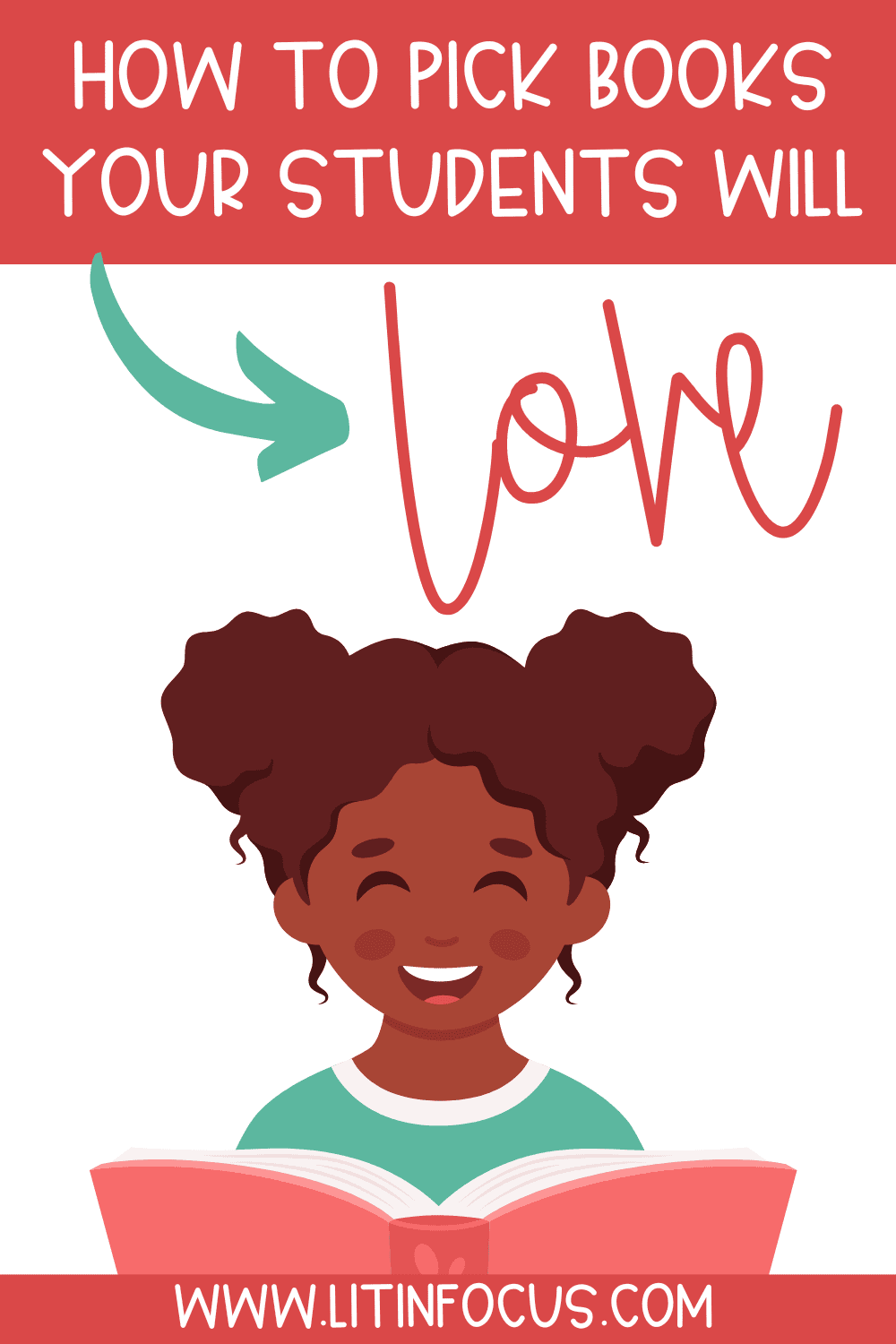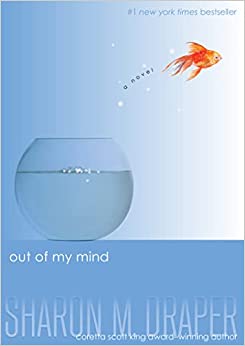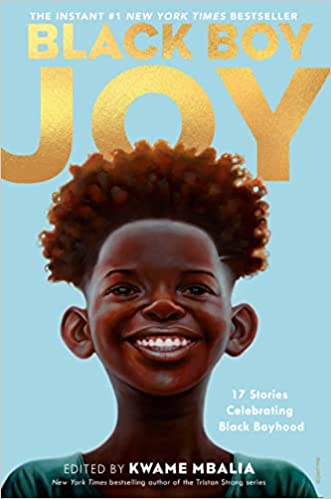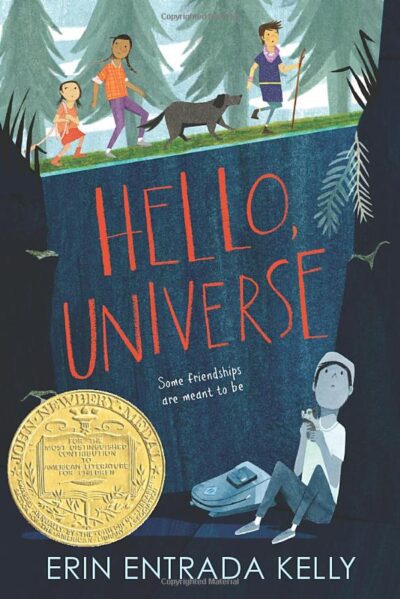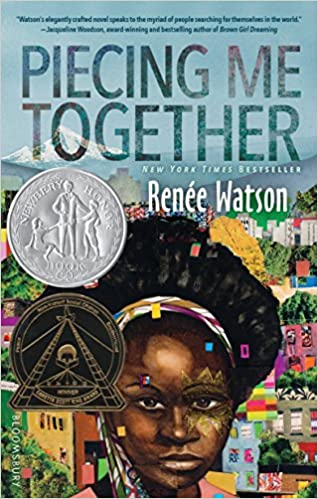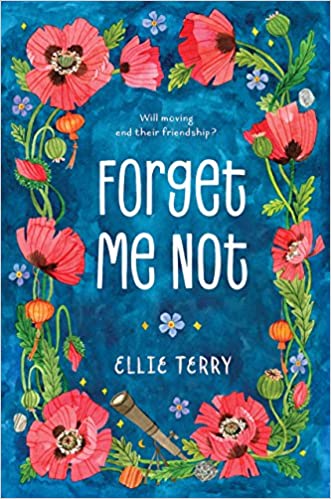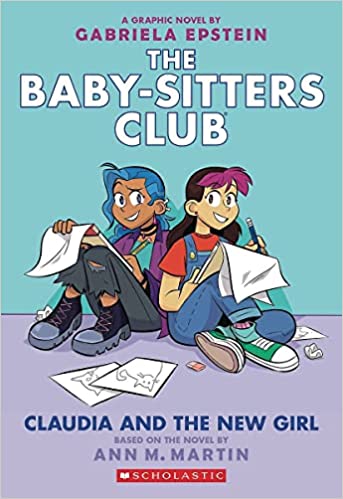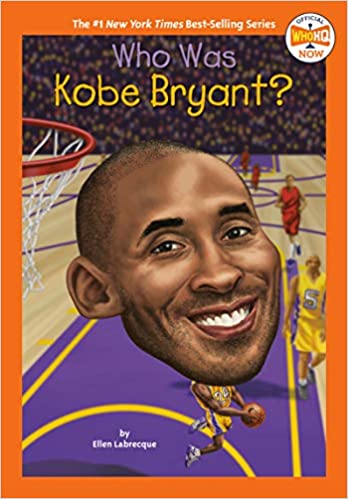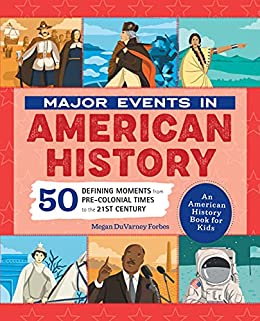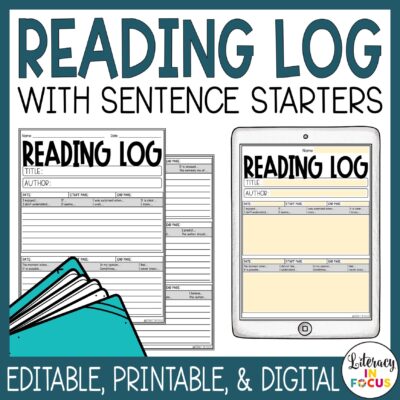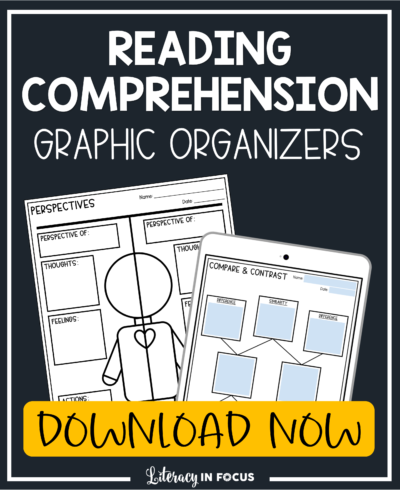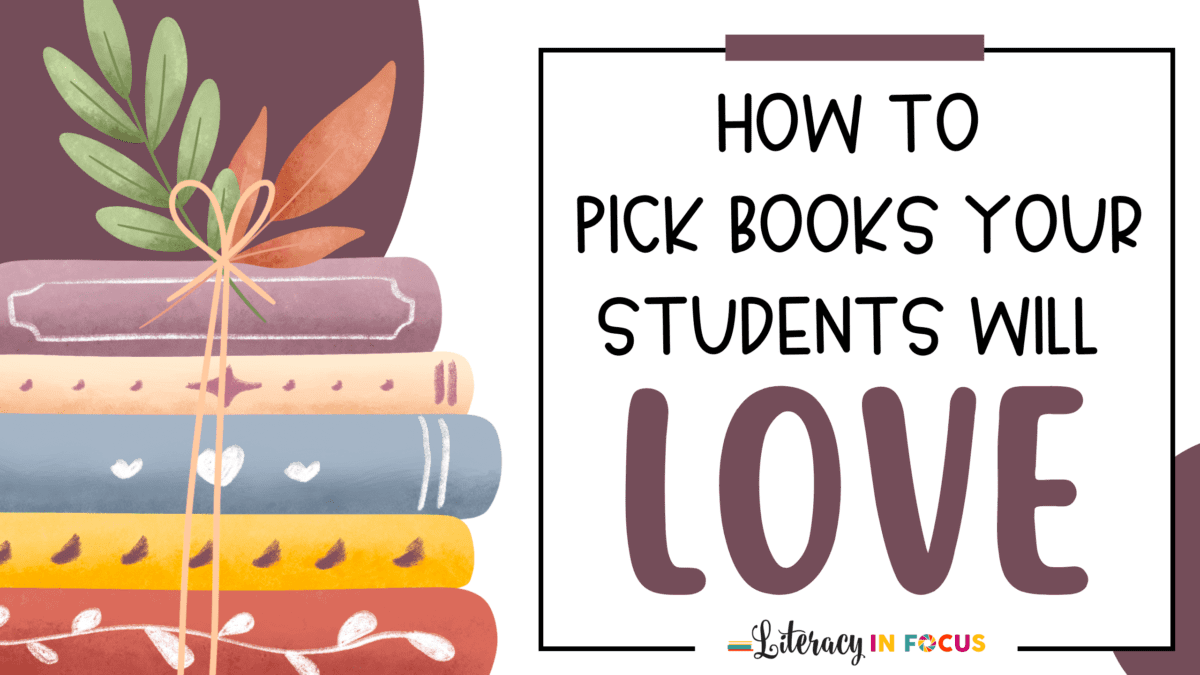
A Strategy for Picking Books Students Will Enjoy
In this age of instant gratification, most kids would rather scroll through social media or play video games than read a book. This makes it more important than ever to help students find books they will enjoy reading.
The amount of 9- and 13-year-olds who say they read for fun on a daily basis are at the lowest levels since the 1980s, according to a survey conducted in late 2019 and early 2020 by the National Assessment of Educational Progress.
To get students excited about reading, find books that are relevant, relatable, and/or rewarding. If a book falls into one (or more) of those categories, there is a high probability that students will enjoy it.
Relevant
Relevance can vary depending on the reader, their experiences, and their interests. A book that is relevant to one student may not be as relevant to another, so it’s important to consider the diverse perspectives and needs of your students when selecting books. Relevance can come in many forms, including:
- Timeliness: Books that are relevant for students might include current events, contemporary issues, or trending topics.
- Cultural Representation: Books that feature characters and settings that reflect the experiences of underrepresented populations are usually highly relevant and meaningful to young readers.
- Universal Themes: Books that explore common student-friendly themes such as love, loss, identity, and friendship are relevant because they appeal to a wide variety of young readers regardless of their background.
- Personal Connection: Books that speak to a reader’s personal experiences or interests are relevant because they allow readers to see themselves in the story and connect with the characters.
Relatable
Relatable books are those that align with students on a personal level. Typically, books that are relatable will give students a sense of feeling seen, heard, and understood. Some factors that can contribute to a book’s relatability include:
- Characters: Students may find a book relatable if it features characters that they can see themselves in, or that they can empathize with. This can include characters who share similar experiences, struggles, or personality traits.
- Language and Style: Books that are written in a way that feels authentic to students will help them feel more connected to the story. This can include language that reflects the way people actually speak, or writing that captures the emotions and experiences of the characters in a way that resonates with young readers.
- Setting: Books that take place in familiar settings tend to be more relatable for students. This can include settings that reflect neighborhoods or cities in which students live or have lived in the past. A relatable setting can also reflect a place a student enjoyed visiting.
- Emotions: Books that elicit strong emotional responses from students, such as laughter, tears, or empathy, are highly relatable. When students feel connected to the characters and their experiences, they are more likely to find the book relatable.
Rewarding
Rewarding books provide students with something they can take away from the story. Students will find books rewarding for different reasons, including:
- Appropriate Reading Level: The feeling of finishing a book can be incredibly rewarding, especially for struggling readers. Books that are manageable and engaging, such as graphic novels like Dog Man and The Baby-Sitters Club, are great for building reading confidence and enjoyment.
- Beautiful Prose: Books with beautiful writing can be rewarding for students who appreciate the artistry of language and enjoy discovering the beauty of words and phrases. Novels in verse are perfect for students who enjoy poetry. The unique format, rhyme, and language is engaging. Novels in verse will also work well for students that are easily bored with reading.
- Educational Value: Books that teach valuable lessons, provide important information, or include unique facts are highly rewarding for many students. Biographies, memoirs, and fact books can be rewarding for students that enjoy nonfiction.
- Personal Growth: Books that provide students with an opportunity to reflect on mistakes, identify goals, learn how to build relationships, or manage their emotions can be rewarding for students that tend to be more introspective.
- Escape: Many students are drawn to fantasy or sci-fi books because they provide an escape from reality and offer limitless possibilities for adventure, imagination, and wonder. Getting lost in a book is exactly what some students might find extremely rewarding.
Next Steps
After finding books that are relevant, relatable, and/or rewarding, you can use the five tips listed below to make reading more fun for students.
- Offer Choice: Allow students to choose books that interest them, within certain parameters, of course. Giving students a choice in what they are reading will help them feel invested in their reading and more motivated to finish the book.
- Book Clubs: Opportunities for students to discuss and share their thoughts on books they have read will help build a community of readers and encourage students to read more.
- Make Connections: As much as possible, try to tie reading to real-life experiences, including units of study, field trips, or current events. This can help students see the relevance of what they are reading and engage more deeply with the material.
- Celebrate Reading: Recognize and celebrate students who have finished a book, no matter the level or genre. This will help build a culture of reading and encourage students to read more.
- Use Technology: Letting students read ebooks or audiobooks can be a valuable way to increase access to books, accommodate different learning styles, improve comprehension, provide flexibility, and spark interest and engagement in reading. By embracing these digital formats (when available), you will help to create a more inclusive and accessible reading experience for all students.
Writing About Reading
Many students struggle when it’s time to for reading response. Make it easier for your students to complete reading logs by providing sentence starters for each entry. Sometimes, all students need is a little extra push to get the ball rolling in the right direction. Click the link below to download a printable and digital reading log with 40 different sentence starters!
Editable, Printable, & Digital Reading Log
Why Teachers Love This Reading Log:
- Sentence Starters Increase Productivity
- Reinforces Summary Writing
- Works For All Types of Books
- Weekly Format Saves Time
- Holds Students Accountable During Independent Reading
- Includes Optional Vocabulary Support
What Teachers Are Saying:
“This is the perfect resource to keep my students accountable during their independent reading time! We love it! Thank you!” -Miranda B.
“I absolutely loved this resource. My kids quietly typed away at the end of each reading section of our novel. You gave them a lot of choices. I love that. I just copy and paste it to Google Classroom, and I’m ready to go with any novel.” -Kristin B.
Fostering the love of reading is difficult because it requires discipline on the part of the student. Finding the right book, staying focused, and persevering through the tough passages are all skills that require an intense amount of effort. Requiring students to complete reading response logs strengthens those skills and may even spark a strong love of reading that will continue each time the student picks up a book. Click here for seven reasons to use reading response logs.
This post contains affiliate links. Click here to read my affiliate policy.
